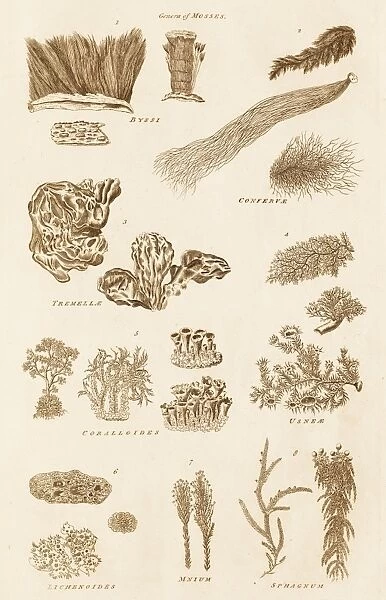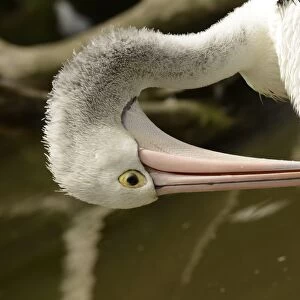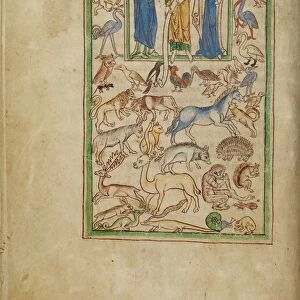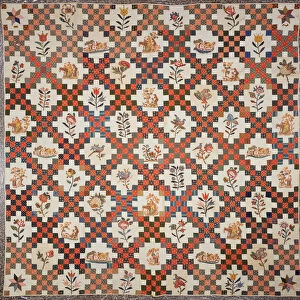Genera of Mosses C017 / 3508
![]()

Wall Art and Photo Gifts from Science Photo Library
Genera of Mosses C017 / 3508
Plate from 18th century encyclopedia showing genera of mosses including: byssi, confervae, tremellae, usneae, coralloides, lichenoides, mnium and sphagnum. Botanically, mosses are non-vascular plants in the land plant division Bryophyta. They are small (a few centimeters tall) herbaceous (non-woody) plants that absorb water and nutrients mainly through their leaves and harvest sunlight to create food by photosynthesis. They differ from vascular plants in lacking water-bearing xylem tracheids or vessels. Mosses reproduce using spores, not seeds and have no flowers
Science Photo Library features Science and Medical images including photos and illustrations
Media ID 9341799
© DAVID PARKER/SCIENCE PHOTO LIBRARY
Bryophyta Encyclopedia Herbaceous Moss Mosses Photosynthesis Plants Spore Spores Sunlight
EDITORS COMMENTS
This print titled "Genera of Mosses C017 / 3508" takes us back to the 18th century, where botanical knowledge was meticulously documented in encyclopedias. The plate showcases a variety of moss genera including byssi, confervae, tremellae, usneae, coralloides, lichenoides, mnium and sphagnum. Mosses are fascinating non-vascular plants belonging to the Bryophyta division. Standing only a few centimeters tall, these herbaceous wonders rely on their leaves to absorb water and nutrients while harnessing sunlight for photosynthesis. Unlike vascular plants with specialized tissues for water transportation called xylem tracheids or vessels, mosses lack this feature. Reproduction in mosses occurs through spores rather than seeds; they do not possess flowers like other plant species. This unique method allows them to disperse and colonize new areas efficiently. The intricate illustration captures the delicate beauty of these ancient organisms that have thrived for millions of years. Each genus is depicted with precision and detail—a testament to the meticulous work put into creating this encyclopedia plate. David Parker's photograph from Science Photo Library serves as a reminder of our ever-expanding understanding of nature's diversity. It invites us to appreciate the simplicity yet complexity found within these small but significant members of our ecosystem—reminders that even seemingly insignificant organisms play vital roles in maintaining Earth's delicate balance.
MADE IN THE USA
Safe Shipping with 30 Day Money Back Guarantee
FREE PERSONALISATION*
We are proud to offer a range of customisation features including Personalised Captions, Color Filters and Picture Zoom Tools
SECURE PAYMENTS
We happily accept a wide range of payment options so you can pay for the things you need in the way that is most convenient for you
* Options may vary by product and licensing agreement. Zoomed Pictures can be adjusted in the Cart.






